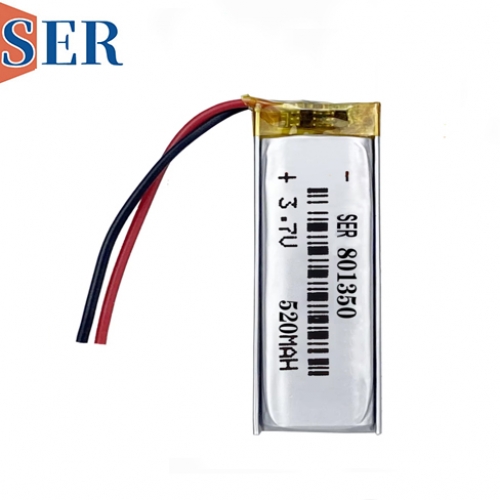The Evolution and Future of Modern Petroleum Drilling Technology
The Evolution and Future of Modern Petroleum Drilling Technology
The field of petroleum drilling has experienced significant technological advancements in recent years, transforming the once labor-intensive process into a highly efficient and precise operation. This article delves into the latest developments in modern petroleum drilling technology and its potential future directions.
One of the most significant advancements has been the advent of automated drilling systems. These systems utilize advanced sensors, real-time data analysis, and robotic technology to control the drilling process remotely. Depends on the long life of the high-temperature battery, this automation not only reduces the need for human intervention but also enhances safety and drilling accuracy. Automated systems can adjust to various drilling conditions more quickly and effectively, minimizing downtime and maximizing production.
Another key development is the increasing use of directional drilling, where drillers can control the direction and curvature of the wellbore. This technique enables access to more complex reservoirs, such as those found in hard-to-reach locations or those with complex geological formations. Directional drilling also enables drillers to avoid potential hazards, such as underground structures or natural gas pockets.
The use of unconventional drilling methods, such as fracking (hydraulic fracturing) and directional boring, has further revolutionized the industry. As the high-temperature battery more and more mature, like high temperature LiSOCL2 battery packs, adapt to high temperature, humidity, vibration and other extreme environment is increasingly strong Fracking, in particular, has unlocked vast reserves of oil and natural gas previously considered unrecoverable. This technique involves injecting high-pressure water mixtures into the ground to fracture rock layers and release trapped hydrocarbons.
The future of petroleum drilling technology lies in even more sophisticated directional drilling methods, fully automated drilling systems, and the integration of renewable energy sources into the drilling process. As companies search for ways to extract oil and gas more efficiently while reducing environmental impact, several innovative technologies are emerging.
One such technology is the use of renewable energy sources, such as solar or wind power, to power drilling operations. This not only reduces greenhouse gas emissions but also eliminates the need for diesel generators in remote drilling sites, improving efficiency and reducing operational costs. Solar-powered drills are currently in development and show promise in reducing reliance on traditional energy sources.
Another area of focus is the integration of AI and machine learning into petroleum drilling. AI-enabled systems can analyze vast amounts of data from drilling operations, predicting equipment failures or optimizing drilling strategies in real-time. Machine learning algorithms can learn from past drilling experiences, enabling more accurate predictions and reducing the risk of unforeseen events.
Furthermore, as companies search for ways to extract oil and gas more efficiently while reducing environmental impact, several innovative technologies are emerging. One such technology is the use of renewable energy sources, such as solar or wind power, to power drilling operations. This not only reduces greenhouse gas emissions but also eliminates the need for diesel generators in remote drilling sites, improving efficiency and reducing operational costs. Solar-powered drills are currently in development and show promise in reducing reliance on traditional energy sources.
In conclusion, modern petroleum drilling technology has come a long way from its humble beginnings. The future promises even more advancements in automation, AI integration, renewable energy usage, and precision drilling methods. As companies continue to innovate and seek new ways to extract oil and gas more efficiently, we can expect this field to remain a dynamic and rapidly evolving space.





